等通道角挤压制备超细晶钛合金组织和力学性能研究毕业论文
2020-04-23 20:05:12
摘 要
钛合金是一种重要的生物医用及工程材料,其具有高比强度、低密度及良好的生物相容性等特征,满足了航空、汽车以及生物医用等领域对材料性能的要求,而由于钛合金的成本较高,因此研发了的一种低成本钛合金Ti-Fe-B。等通道角挤压可以在不添加合金元素的前提下,通过细化晶粒进而提高其综合力学性能。
本课题研究了等通道角挤压(ECAP)变形对新型钛合金Ti-Fe-B的微观结构和力学性能的影响。主要有以下几个方面,电子背散射衍射(EBSD)用于表征Ti-Fe-B的微观结构, Ti-Fe-B的平均晶粒尺寸从轧制状态下的1.7μm减小到ECAP变形后的0.3μm。然而,α相和β相的平均晶粒尺寸分别从1.80μm和1.09μm下降到0.25μm和0.21μm。 ECAP变形后主要晶界为小角晶界,α相和β相的小角晶界比例分别为52.04%和96.78%。轧制后的粗晶粒(CG)Ti-Fe-B在经过ECAP变形后获得了优异的机械性能。ECAP变形后屈服强度从轧制状态下的621MPa增加到853MPa,极限抗拉强度从672MPa增加到858MPa,维氏硬度也从205HV的平均值增加到252HV的平均值,但是伸长率从30.69%降至14.79%。
ECAP变形后的超细晶 Ti-Fe-B具有高强度,均匀精细的微观结构和新的变形纹理的完美结合,因此适用于许多工业应用,在一些方面可替代原先的钛合金。
关键词:Ti-Fe-B 等通道角挤压 EBSD 拉伸性能 断口形貌
Microstructure and Mechanical Properties of Ultrafine Grained Titanium Alloy Processed by Equal Channel Angular Extrusion
Abstract
Titanium alloy is an important biomedical and engineering material with high specific strength, low density and good biocompatibility. It meets the material performance requirements in the fields of aviation, automotive and biomedical, and The cost of the alloy is relatively high, so a low-cost titanium alloy Ti-Fe-B has been developed. The equivalent corner extrusion can improve the comprehensive mechanical properties by refining the grains without adding alloying elements.
In this paper, the effects of equal channel angular extrusion (ECAP) deformation on the microstructure and mechanical properties of a new titanium alloy Ti-Fe-B were investigated. There are mainly the following aspects. Electron backscatter diffraction (EBSD) is used to characterize the microstructure of Ti-Fe-B. The average grain size of Ti-Fe-B is reduced from 1.7 μm in rolling state to ECAP deformation. 0.3μm. However, the average grain size of the α phase and the β phase decreased from 1.80 μm and 1.09 μm to 0.25 μm and 0.21 μm, respectively. After ECAP deformation, the main grain boundaries are small-angle grain boundaries, and the ratios of small-angle grain boundaries of α phase and β phase are 52.04% and 96.78%, respectively. The coarse grained (CG) Ti-Fe-B after rolling has excellent mechanical properties after being deformed by ECAP. After ECAP deformation, the yield strength increased from 621 MPa to 853 MPa in the rolled state, the ultimate tensile strength increased from 672 MPa to 858 MPa, and the Vickers hardness increased from the average value of 205 HV to the average value of 252 HV, but the elongation decreased from 30.69%. To 14.79%.
The ultra-fine grained Ti-Fe-B after ECAP deformation has a combination of high strength, uniform fine microstructure and new deformed texture, so it is suitable for many industrial applications and can replace the original titanium alloy in some aspects.
Key words: Ti-Fe-B; equal channel angular extrusion; EBSD ;tensile properties ;Fracture morphology
目录
摘要 I
Abstract II
第一章 绪论 1
1.1.钛合金简介 1
1.1.1.钛合金的特点 1
1.1.2.钛合金的分类 2
1.2 ECAP 技术 4
1.2.1ECAP技术简介 4
1.2.2工作原理 4
1.2.3 ECAP的挤压路径分类 4
1.2.4ECAP的优点 4
1.3 研究背景及研究意义 5
第二章 实验研究方法 6
2.1.实验材料及制备 6
2.2.实验方案 6
2.3研究途径 7
2.3.1金相分析 7
2.3.2 EBSD测试 7
2.3.3显微维氏硬度测定 7
2.3.4拉伸性能测试 8
2.3.5断口形貌分析 9
第三章Ti-Fe-B合金组织和力学性能 10
3.1 金相组织观察 10
3.2 EBSD组织观察 11
3.2.1平均晶粒尺寸及晶界分布 11
3.2.2取向成像图 12
3.2.3取向差分布 13
3.2.4织构强度分析 14
3.3硬度测试 16
3.4力学性能 17
3.5断口形貌 18
第四章 实验结论 20
参考文献 21
致谢 23
第一章 绪论
1.1.钛合金简介
钛合金是一种非常重要的工程及生物医用材料,由于它具有高比强度、低密度和生物相容性良好等特征,满足了航空、汽车以及生物医用等领域对材料性能的要求,它相比于钢铁材料、其他合金导热系数较低,其铸态晶粒非常粗大,通常需要在β相区反复进行开坯锻造破碎粗大晶粒。另外,钛合金的耐磨性相对其他合金比较差,而且在较高温时钛合金的力学性能会明显下降,这就大大限制了钛合金在许多工业领域的应用,特别是高温结构件领域的应用,如飞机机翼、舰船、航空发动机等。为了提高和开发钛合金的力学性能及应用,很多材料工作者都做了大量尝试,如试着将少量B加入钛合金中,理论说明这样作用有两个,一是显著细化钛合金铸锭的晶粒,二是生成具有高强度和高刚度的陶瓷相TiB,从而提高钛合金的强度、硬度和耐磨性等方面[1-3]。
1.1.1.钛合金的特点
钛合金是一种将钛作为主要原料,在其中混合加入其它金属或非金属元素而形成的一种新型合金,因此这类合金比强度(强度/密度)远远超过了普通的高强度钢、铝合金和镁合金等合金。到目前为止,世界上已经研制出了各种性能的钛合金,达到数百种钛合金之多,其中最著名的钛合金大概有20~30种,例如Ti-6Al-4V、Ti5Al-2.5Sn、Ti-2Al-2.5Zr、Ti-32Mo、Ti-Mo-Ni、Ti-Pd、SP-700、Ti6242、Ti-1023、Ti-10-5-3、Ti-B19、BT19、BT20、IMI829、IMI834等钛合金具有良好的耐蚀性,对大部分酸的腐蚀都有良好的抗性。由于钛合金的密度相对低、高温性能好、耐腐蚀强、强度高等优点,因此钛合金的制品现已被广泛应用于航空航天、汽车舰船、石油化工、生物医药以及海洋工程等领域,成为一种重要的结构材料[4,5]。
综上所述,钛合金材料拥有以下几点主要特征:
相关图片展示:
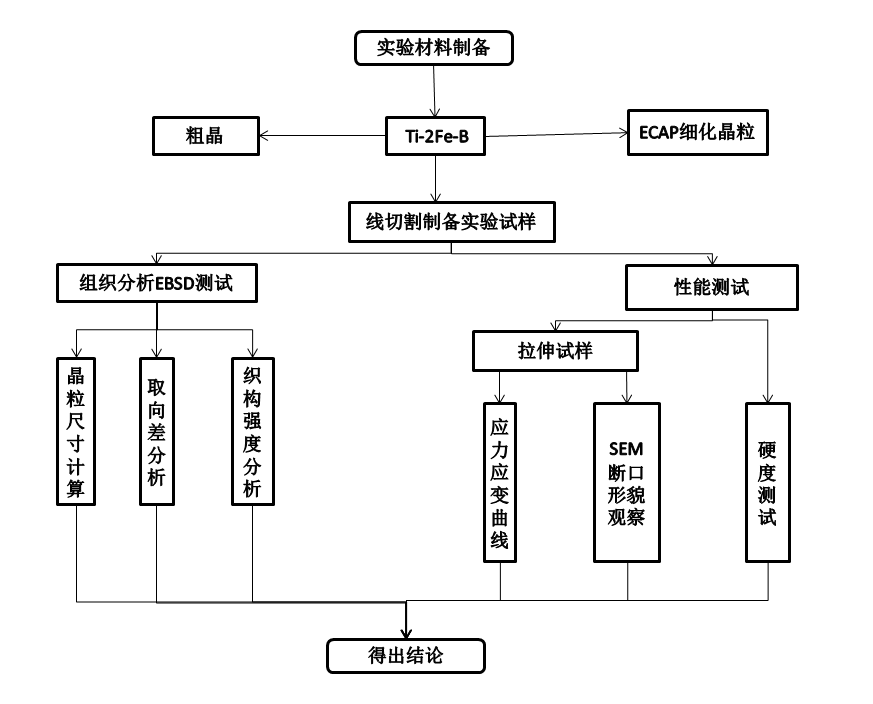
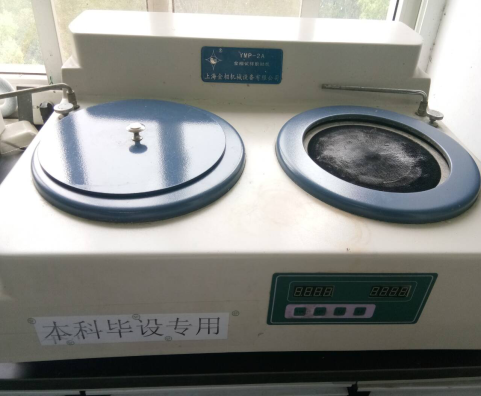
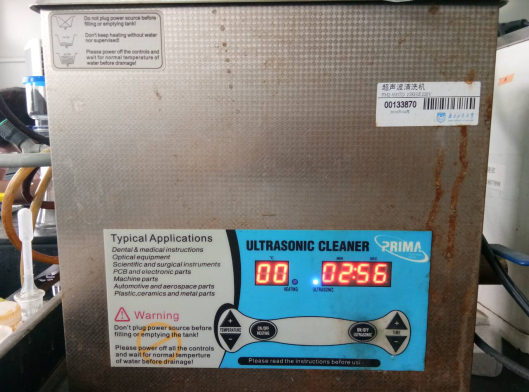
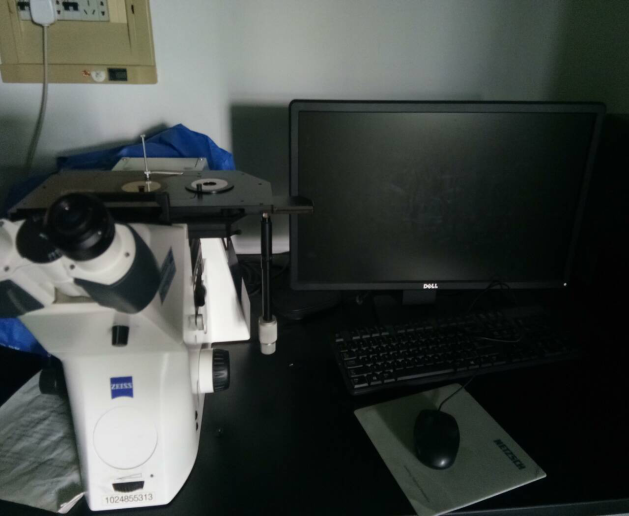
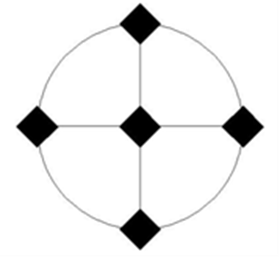
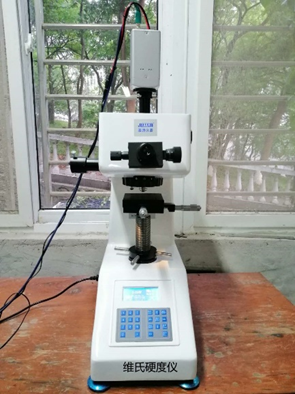
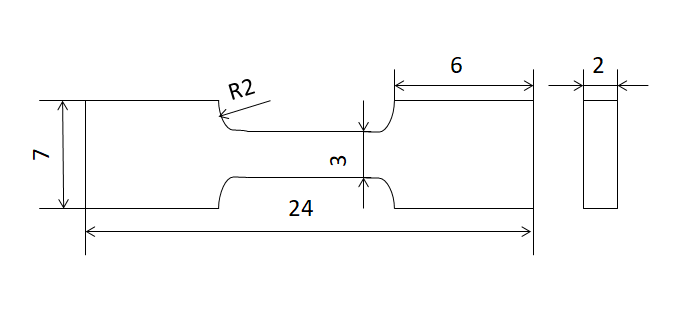
您可能感兴趣的文章
- 元素对Ti-xAl-yMo-zV和Ti-xAl-yMo-zCr β-Ti合金应变速 率敏感性的影响外文翻译资料
- 复合工艺提高先进钠离子电池的电位窗口外文翻译资料
- 氧化还原催化辅助下的高稳定钒氧化还原流电池外文翻译资料
- 用于高压可伸缩储能的电解锌锰电池外文翻译资料
- 表面活性剂改性疏水性Cu2O量子点作为高效钙钛矿太阳能电池顶部空穴传输材料外文翻译资料
- Nb 和 Ni 共掺杂 Mg(0001)氢解离扩散的理论研究:外文翻译资料
- 低温固相法制备锂离子电池正极材料LiFeSO4F毕业论文
- 锂空气电池新型正极催化剂Gd2Zr2O7的制备与性能研究毕业论文
- 酸类添加剂对beta”-Al2O3电泳沉积成型法的影响毕业论文
- CuZr非晶合金中短程有序结构及其与玻璃形成能力的关系研究毕业论文




